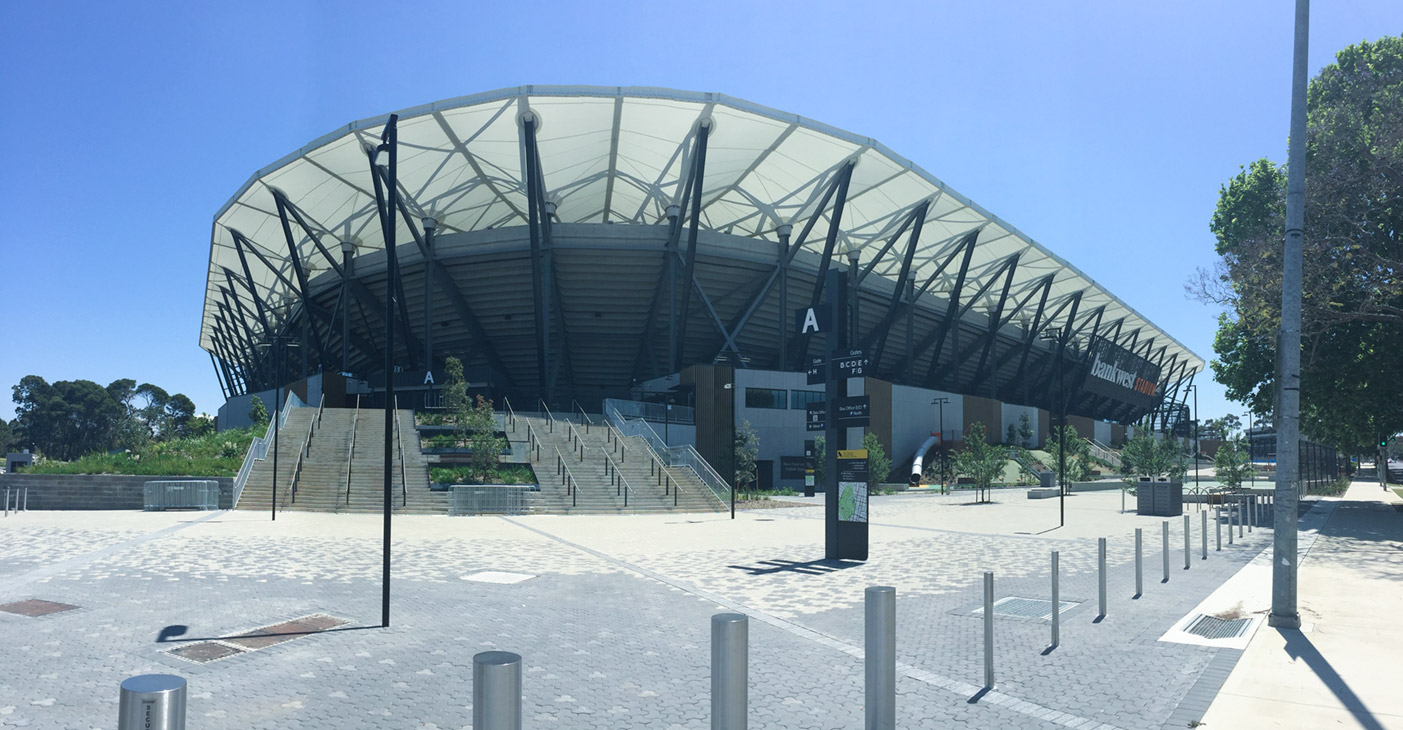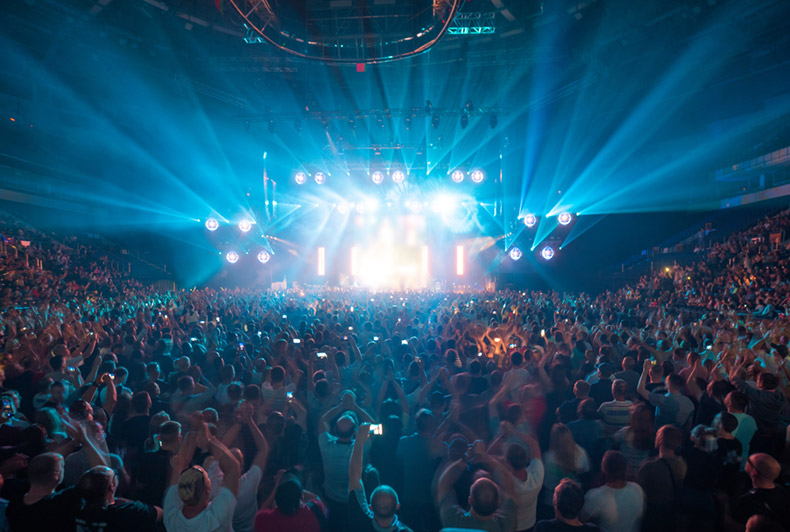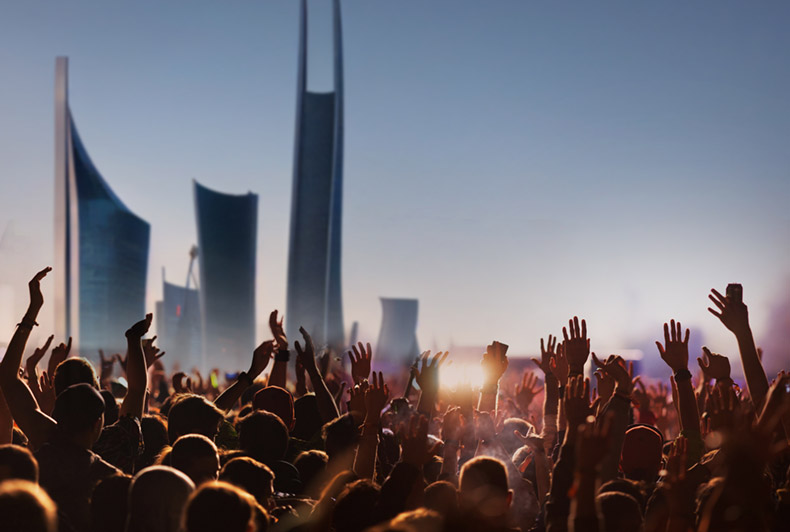Communities everywhere are being impacted by external forces which inevitably influence the way we plan our cities, towns and the buildings that make them. These external forces are diverse, complex and include the impacts of climate change, population growth and changing demographics. The influence of social media, combined with the potential for disruptive technologies to change behaviours and industries, result in an increasingly complex world.
Resilience through adaptability has become a fundamental design tenet. This requires a holistic approach when considering the design of the places and spaces that our communities are founded upon. Infrastructure must be considered as social infrastructure, as well as a piece of engineering. Stadia, event and entertainment venues are significant pieces of social infrastructure which have the potential to become important sources of community pride. Their design must consider the requirements of event management but must not ignore the needs and aspirations of the community they are designed to serve.
So with that in mind, what fundamental elements do we need to consider when designing a modern stadium for our future communities?
We need to understand what drives venue and event managers as they seek to both attract and maintain the fans’ attention for longer periods. Stadium operators have an opportunity to connect with their audience in ways unthinkable a decade ago. Today’s venues are competing with fans who can build a viewing experience in the comfort of their own home. The pandemic influenced this shift, and as games continued to be played without a live audience, fans were there virtually, still connected in some way. Now that parts of our world are returning to a pre-pandemic state, stadia are starting to fill. Digital communities have been lifesaving during the pandemic; however, we have learnt that they can’t replace the real thing.
Stadia have an opportunity to focus on being a hub for socialisation and the community and need to embrace the fact that action on the field is just one part of the experience. It’s a reason fans attend, but for many it’s not the primary one. The experience they have outside of the stands is equally as important as the one inside and should be free flowing. Stadia should encourage people to mingle and monetise this by embracing the need to socialise as a guiding principle.



Today’s successful venues offer fans:
Venues have to offer a commensurate experience to the home viewer by offering comfort, convenience, connectivity, intimacy and atmosphere. When they offer this, they become an essential part of the community’s social and cultural infrastructure, contributing to the community’s sense of identity
The key design determinant in maximising the number of event days is to recognise that the logistics of non ‘event days’ are just as important as the logistics of the big match day. Several design strategies may be employed to maximise venue flexibility and minimise down time between events:


The resilient venue must be designed to be as flexible as possible and anticipate scenarios that could impact its use. Resilient venues will likely:
Stadia of the future must reflect the increasing diversity, in all its forms, of our future communities. The increasing interest in women’s sport, exemplified by the recent women’s rugby and league world cups, means designers need to think more broadly about the resultant demographic shift in attendance profiles. Future crowds will be more diverse requiring a more diverse range of facilities to be provided. The increasing number of women’s sports events has already resulted in a shift to the provision of gender-neutral change and restroom facilities.
The media plays an important role in promoting sports venues. This is most clearly seen in television coverage where an easily identifiable architectural image is rapidly transmitted around the world. Therefore, the ability of media providers to record and transmit must be considered.
The importance of the media is seen in major event viewing figures:
At the 2011 Rugby World Cup in Auckland, we talked about the stadium of five million, but why stop there given the above?
The future of stadia is all about the community, not just major events. It’s the entire experience driving attendance and the emotional experience of being a part of something bigger – a community. Developing or enhancing an existing facility provides an opportunity to build an iconic feature that creates a sense of place for everyone.
The provision of social infrastructure is about understanding the social and cultural context and anticipating the changing environment to develop flexible future-fit facilities that will serve our communities’ needs for generations to come.

Harry Street | A GHD Principal
Director – Architecture | Design Leader NZ
T: +64 9 370 8073
M: +64 21 632620
E: Harry.Street@ghd.com